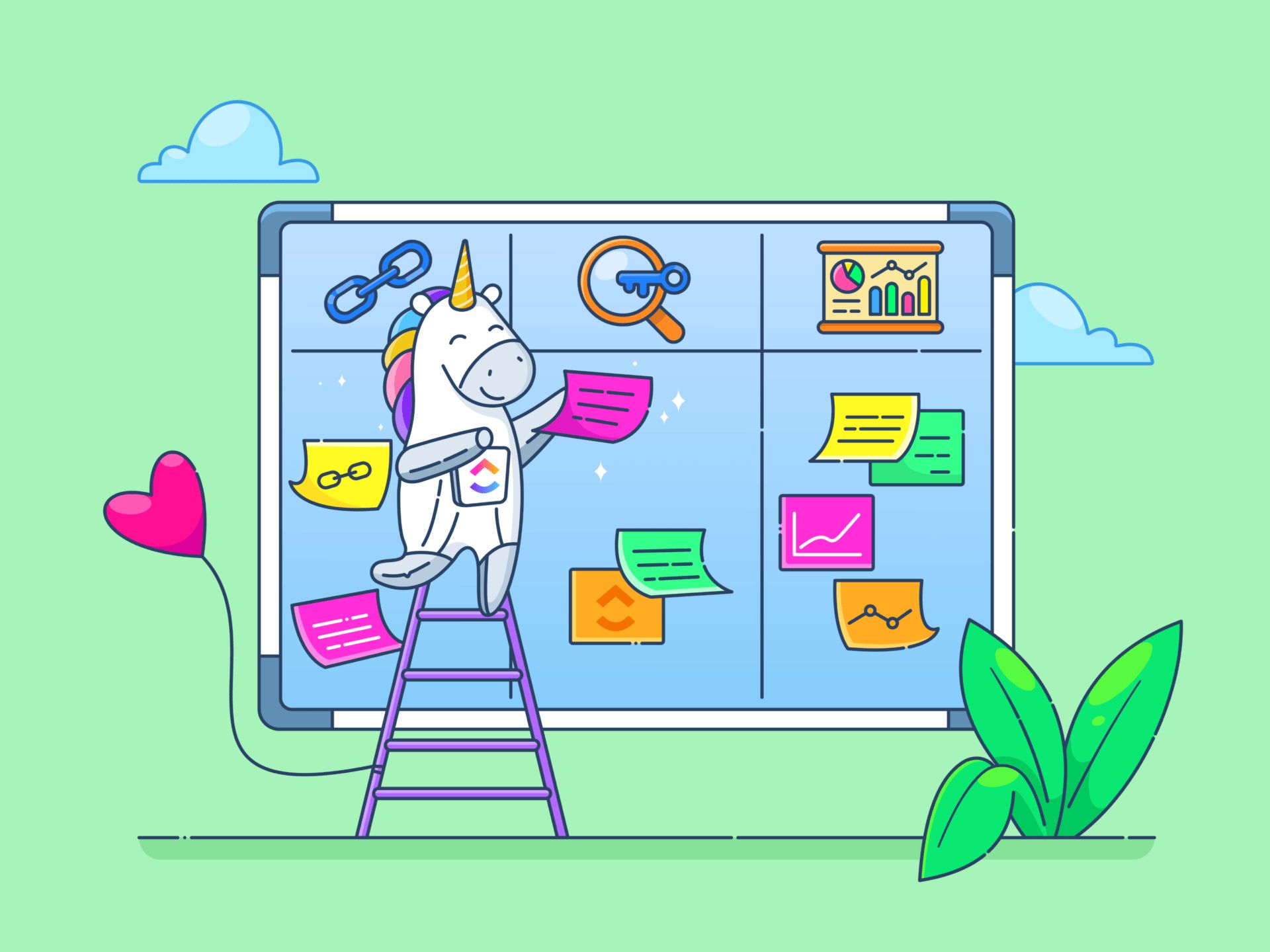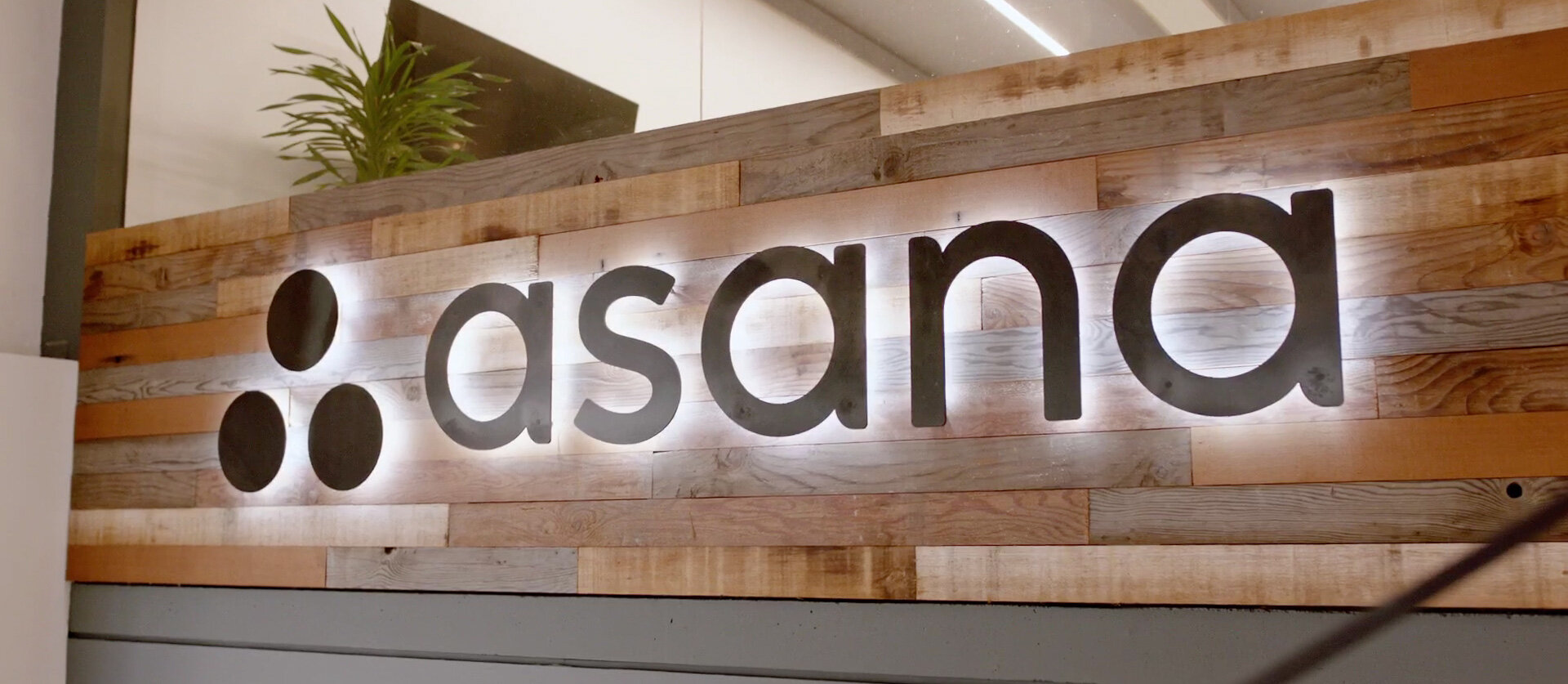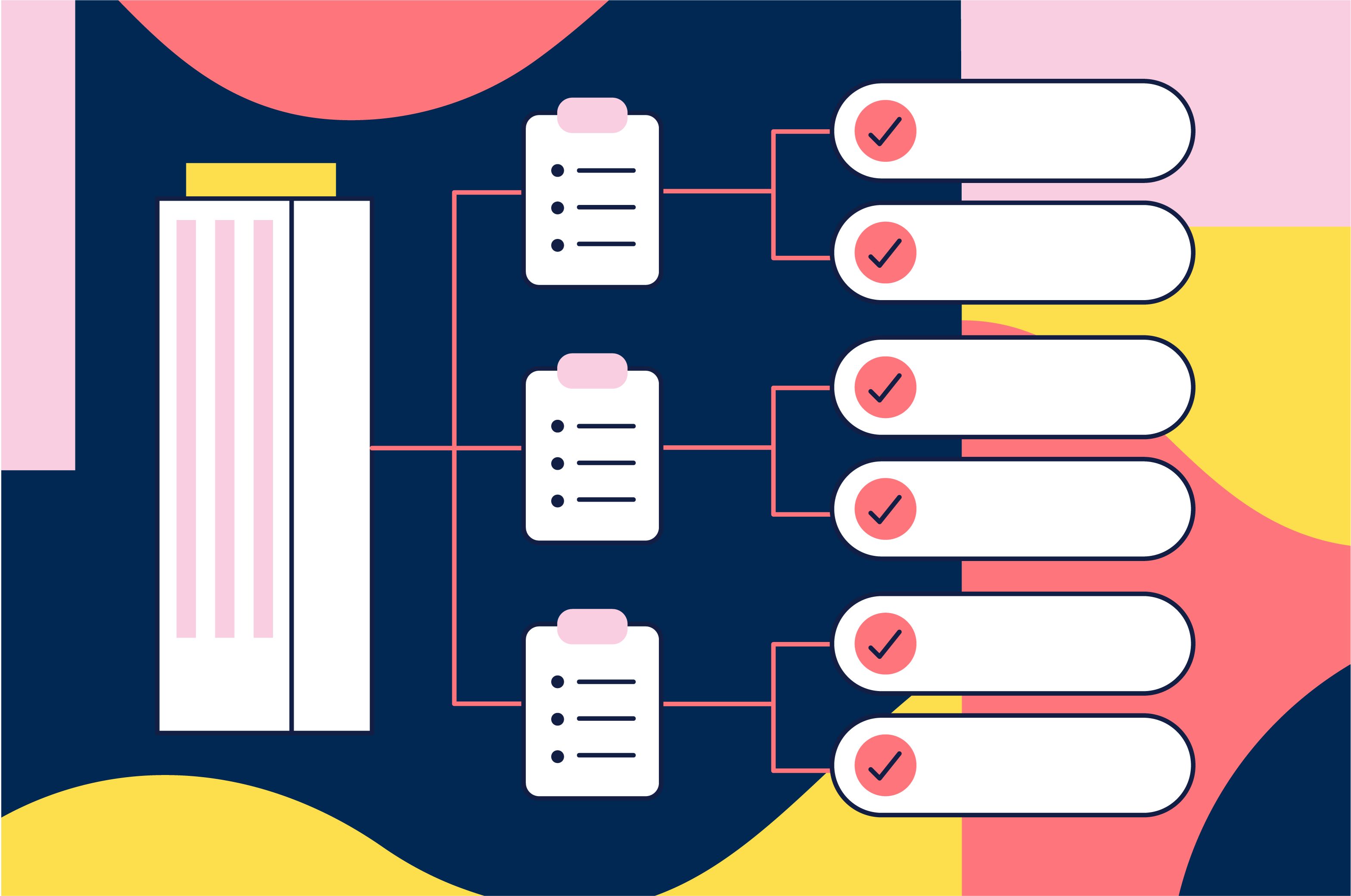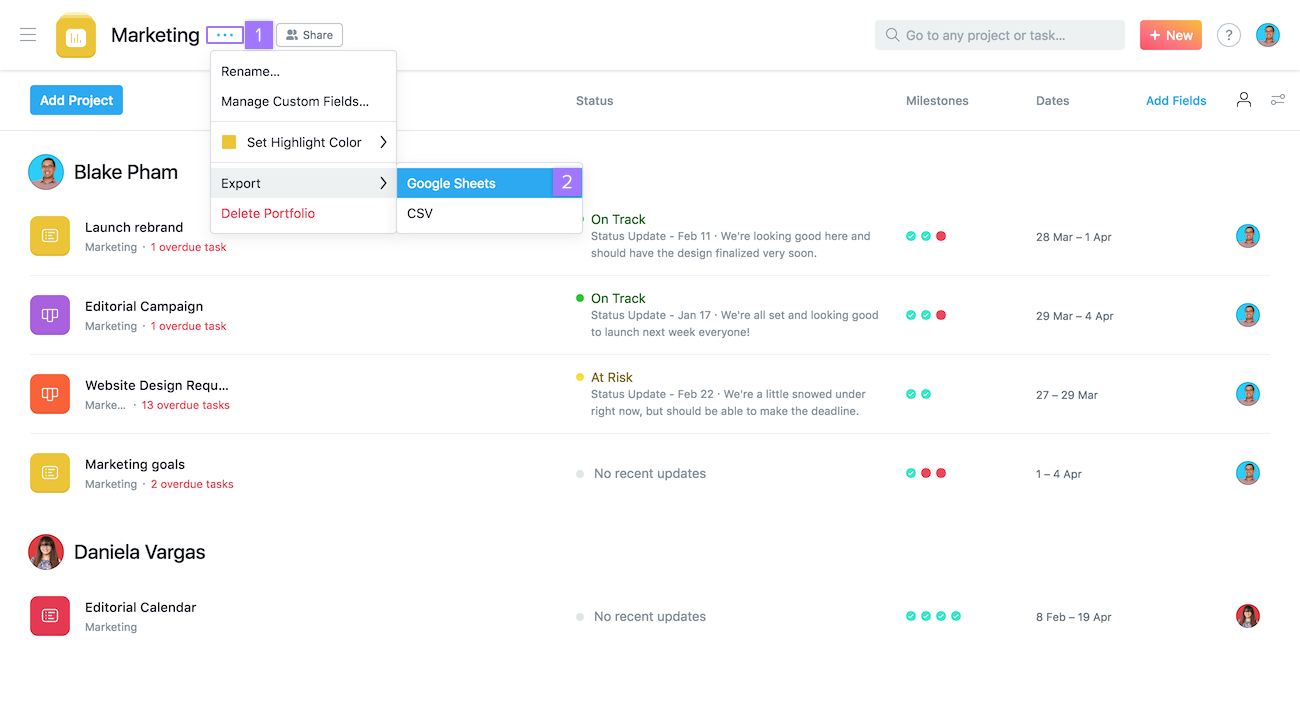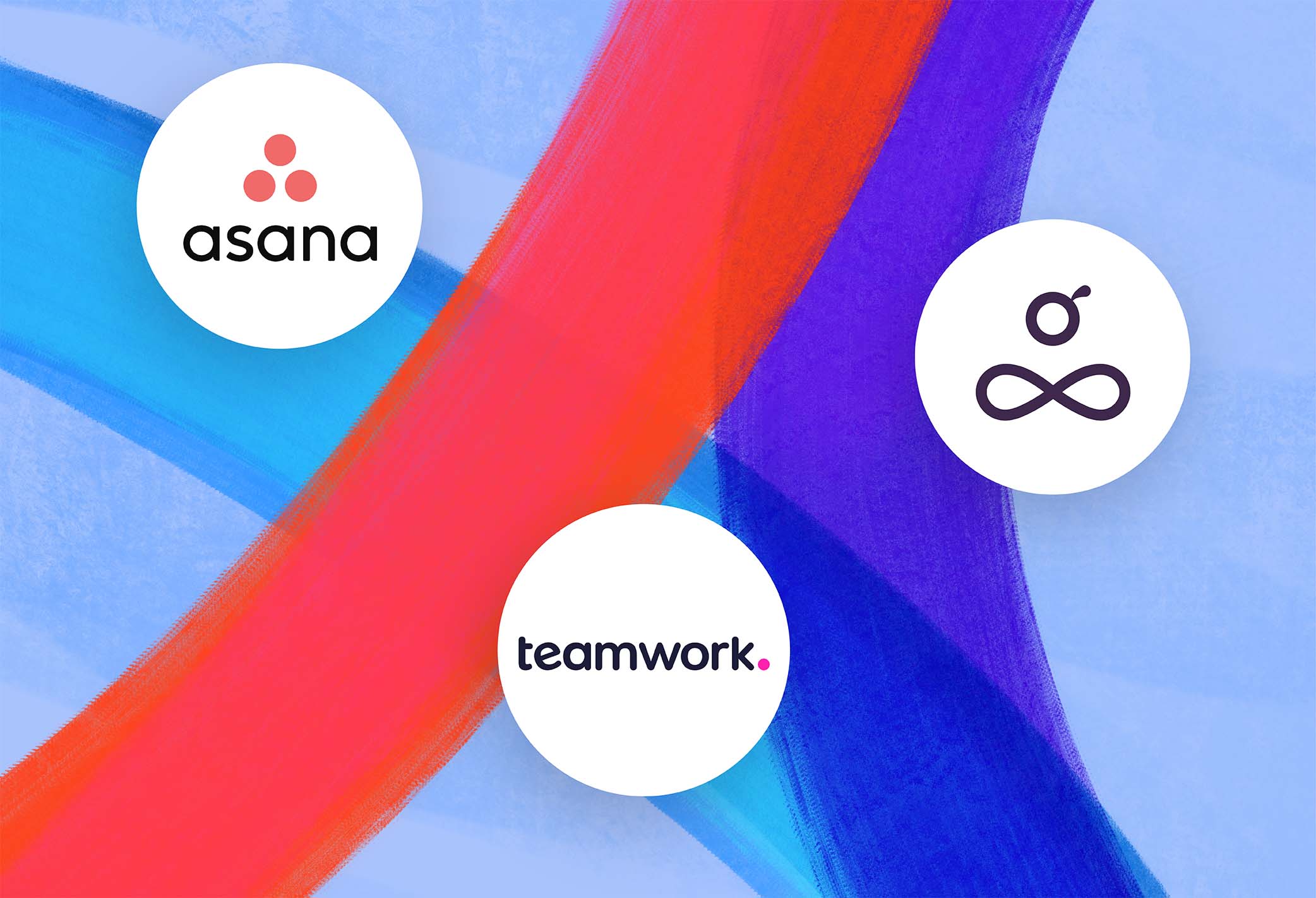Introduction
When it comes to managing tasks and projects, having a clear system of priorities is essential for keeping things organized and ensuring that the most important tasks are completed on time. Asana, a popular project management tool, provides various features to help you prioritize tasks effectively.
In this article, we will explore how to add priority levels to tasks in Asana. Whether you are working on individual projects or collaborating with a team, implementing a priority system can streamline your workflow and ensure that everyone is aligned on what needs to be done first.
By assigning priorities to tasks, you can easily identify and focus on the most critical items, ensuring that they receive the attention they deserve. Additionally, prioritizing tasks helps to manage deadlines, allocate resources efficiently, and avoid unnecessary delays or bottlenecks.
Throughout this guide, we will discuss different approaches to setting priorities in Asana, including using tags or custom fields, and outline the necessary steps to implement a priority system in your projects. We will also provide some best practices for managing prioritized tasks and communicating priorities effectively with your team.
Read on to discover how you can enhance your task management in Asana by incorporating a robust and effective priority system that will keep you organized, productive, and on track to meet your goals.
How to Organize Tasks with Priorities in Asana
Asana provides several features that allow you to organize tasks with priorities, ensuring that you and your team stay focused on the most important work. Here are some key steps to consider:
- Create a Priority System: Before you start assigning priorities to tasks, it’s crucial to establish a clear and consistent priority system. This can be as simple as using high, medium, and low priority labels, or you can create a customized system that aligns with your project requirements. Remember to communicate this system to your team to ensure everyone understands the priority levels.
- Assign Priority Levels: In Asana, you have multiple options to assign priority levels to tasks. One approach is to use tags. For example, you can create tags like “High Priority,” “Medium Priority,” and “Low Priority” and apply them to relevant tasks. Another option is to use custom fields, where you can create a priority field with customizable options. You can then assign the appropriate priority level to each task.
- Sort and Filter Tasks: Asana allows you to sort and filter tasks based on their priorities. You can organize tasks in your project view by priority level, enabling you to easily identify and focus on the most critical tasks at any given time. Additionally, you can create custom searches or saved filters to view specific priority levels or a combination of multiple priorities.
- Consider Effort vs. Impact: When assigning priorities, it’s essential to consider both the effort required to complete a task and its impact on the project or overall goals. This helps prioritize tasks that have a significant impact, even if they require less effort or have a lower urgency. By factoring in both effort and impact, you can ensure that you are prioritizing tasks strategically.
- Regularly Review and Adjust Priorities: Priorities can change as new information arises or project requirements shift. It is essential to regularly review and adjust the priority levels of tasks accordingly. This allows you to stay flexible and adapt to changing circumstances, ensuring that you are always working on the most relevant and impactful tasks.
By following these steps, you can effectively organize tasks with priorities in Asana, enabling you and your team to stay focused and work efficiently on the most important work. Next, let’s explore in more detail how to create a priority system in Asana.
Creating a Priority System
To effectively prioritize tasks in Asana, it is crucial to establish a clear and consistent priority system that aligns with your project’s goals and objectives. Here are some steps to help you create a priority system:
- Define Priority Levels: Start by determining the priority levels that make sense for your projects. The number of priority levels you choose depends on the complexity of your work, but it is recommended to keep it simple and manageable. Common priority levels include high, medium, and low, but you can customize them to fit your specific needs.
- Consider Urgency and Importance: When defining your priority levels, consider both the urgency and importance of tasks. Urgency refers to how quickly a task needs to be completed, while importance relates to the impact of the task on the project or organizational goals. Make sure that your priority levels reflect this balance between urgency and importance.
- Communicate the System: Once you have defined your priority levels, it is crucial to communicate this system with your team. Ensure that everyone understands the meaning of each priority level and how they should be assigned to tasks. This promotes clear communication and alignment within the team.
- Document the Guidelines: Consider documenting the priority system guidelines, either in a shared document or within Asana itself. This documentation can include examples and explanations of each priority level, helping team members make informed decisions when assigning priorities to tasks.
- Regularly Review and Refine: As your projects evolve, it is important to regularly review and refine your priority system. Seek feedback from team members and evaluate whether the priority levels are still effectively serving the project’s needs. Adjustments may be necessary as project requirements change over time.
- Educate New Team Members: When onboarding new team members, ensure that they understand the priority system and how to assign priorities to tasks. Provide training or documentation to familiarize them with the system, ensuring a smooth integration into the team’s workflow.
By creating a clear and well-defined priority system, you establish a foundation for effective task management in Asana. This system will help your team prioritize their work effectively, ensuring that tasks are completed in a logical and strategic order. With your priority system in place, you can now move on to the next step of adding priority levels to tasks.
Steps to Add Priority Levels to Tasks
Once you have established a priority system in Asana, the next step is to assign priority levels to individual tasks. Here are the steps to add priority levels to tasks:
- Create Priority Tags: In Asana, you can create tags to represent your priority levels. For example, you can create tags such as “High Priority,” “Medium Priority,” and “Low Priority.” Navigate to the Tags section in your project, click on “Add Tag,” and enter the name of the tag. Repeat this process for each priority level you want to create.
- Assign Tags to Tasks: Once you have created your priority tags, you can assign them to individual tasks. To do this, open the task in Asana, click on the Tags field, and select the appropriate priority tag. You can assign multiple tags to a task if it has multiple priorities.
- Use Custom Fields: Another approach to adding priority levels is by using custom fields. Custom fields allow for more flexibility in defining and displaying priority levels. In Asana, you can create a custom field for priorities and set up the options as your priority levels. Assign the relevant priority level to each task using the custom field.
- Sort and Filter Tasks by Priority: With the priority levels assigned to your tasks, you can take advantage of Asana’s sorting and filtering capabilities. In your project view, you can sort tasks by priority to see the highest priority tasks at the top. Additionally, you can create custom views or saved filters to display tasks based on specific priority levels or a combination of priorities.
- Update Priorities as Needed: Priorities may change over time, so it’s important to regularly review and update them. If a task’s priority level needs to be modified, simply edit the task and update the assigned priority tag or custom field.
By following these steps, you can easily add priority levels to tasks in Asana. This enables you and your team to have a clear understanding of the importance of each task and prioritize your work accordingly. In the next section, we will explore using tags or custom fields for priorities in more detail.
Using Tags or Custom Fields for Priorities
Asana offers two primary options for adding priority levels to tasks: using tags or custom fields. Both options provide flexibility and customization to suit your project’s specific needs. Here’s how you can utilize tags or custom fields for priorities:
- Tags: Tags in Asana are a versatile tool that allows you to add labels or categories to tasks. You can create tags for each priority level, such as “High Priority,” “Medium Priority,” and “Low Priority.” To assign a priority level to a task, simply select the relevant tag from the Tags field. Tags can be easily customized, making it easy to adapt them based on your changing project requirements.
- Custom Fields: Custom fields provide even greater flexibility for adding and managing priority levels. With custom fields, you can create a specific field dedicated to priorities. This allows you to define the available priority options, such as “Urgent,” “High,” “Medium,” and “Low.” You can assign the appropriate priority level to each task using the custom field, providing a structured and consistent approach to task prioritization.
When deciding between tags and custom fields for priorities, consider the level of customization and structure you require. Tags are more straightforward and provide a quick and easy way to assign priorities. On the other hand, custom fields offer more control and allow for greater categorization.
Note: Asana also provides the option to color-code tags, which can further enhance visual clarity and make it easier to differentiate between priority levels.
Regardless of whether you choose tags or custom fields, make sure to communicate the priority system to your team members so that everyone is clear on how to assign priorities to tasks. This consistent approach will boost collaboration and ensure that everyone is aligned on the importance of each task.
Now that you understand how to use tags or custom fields for priorities, let’s move on to the next section, where we will discuss applying the priority system to projects.
Applying the Priority System to Projects
Applying the priority system in Asana not only involves assigning priority levels to individual tasks but also ensuring that the overall project is managed effectively. Here are some steps to help you apply the priority system to your projects:
- Set Project Goals: Start by defining the goals and objectives of your project. Understanding the desired outcomes will help determine the priority of tasks and guide the overall project planning process.
- Identify Critical Milestones: Break down your project into key milestones or phases. Identify the milestones that have the highest impact on the project’s success and assign appropriate priority levels to the tasks within those milestones.
- Collaborate and Debate: Involve your team in the priority-setting process. Facilitate discussions and debates to ensure collective agreement on the priorities. Listen to different perspectives and consider the input of all team members to foster collaboration and alignment.
- Allocate Resources: Prioritizing tasks also means allocating resources effectively. Take into account the availability and expertise of team members, as well as any dependencies between tasks. Ensure that the necessary resources are allocated to the highest priority tasks to drive their successful completion.
- Monitor and Adjust: Continuously monitor the progress of your project and evaluate whether the assigned priorities are still relevant and aligned with project goals. Adjust priorities as needed based on new information, changing circumstances, or shifting project requirements.
By applying the priority system to your projects, you can ensure that the most critical tasks receive the focus and attention they deserve. This proactive approach helps maintain project momentum, allows for timely course corrections, and increases the likelihood of successfully achieving project objectives.
Now that we have covered applying the priority system to projects, let’s explore some best practices for managing prioritized tasks in the next section.
Best Practices for Managing Prioritized Tasks
Effectively managing prioritized tasks is crucial to ensure that your projects stay on track and that important work gets completed on time. Here are some best practices to help you manage prioritized tasks in Asana:
- Review and Update Priorities Regularly: Priorities can change based on project needs or evolving circumstances. Regularly review and update the priorities of tasks to ensure that they align with the current project requirements and goals.
- Focus on High Priority Tasks: Concentrate your efforts on high priority tasks, especially those that have a significant impact on project success. By dedicating time and resources to these tasks, you can ensure that critical work is completed first.
- Break Down Complex Tasks: If you have a complex task with high priority, consider breaking it down into smaller subtasks. Breaking down tasks into manageable chunks can help you better prioritize and allocate resources effectively.
- Communicate Changes in Priorities: If the priority of a task changes, communicate the updates clearly with your team. This ensures that everyone is aware of the revised priorities and can adjust their work accordingly.
- Use Deadlines Wisely: Assign realistic deadlines to tasks based on their priority levels. Setting deadlines helps create a sense of urgency and ensures that tasks are completed within the desired timeframes.
- Prioritize Based on Impact and Dependencies: Consider both the impact of a task on the overall project and any dependencies it may have on other tasks. Prioritize tasks that have a high impact or that are critical to unblocking other tasks.
- Delegate Tasks Appropriately: Assign tasks to the team members who have the skills and resources to handle them effectively. Effective delegation ensures that priorities are addressed by the most capable individuals.
- Monitor Progress and Provide Support: Regularly review the progress of prioritized tasks and provide necessary support to team members. Address any roadblocks or bottlenecks that may hinder the completion of high priority tasks.
- Stay Flexible: Adaptability is essential when managing prioritized tasks. Be open to adjusting priorities based on new information, changing client requirements, or unforeseen circumstances.
By following these best practices, you can effectively manage and execute prioritized tasks in Asana. This will contribute to a more streamlined workflow, increased productivity, and successful project outcomes.
In the next section, we will discuss the importance of effectively communicating priorities with your team.
Communicating Priorities with Your Team
Clear communication is crucial when it comes to effectively managing priorities in Asana. Here are some strategies to help you communicate priorities with your team:
- Establish a Shared Understanding: Ensure that your team members have a clear understanding of the priority system and the meaning of each priority level. This shared understanding helps to create alignment and avoids any confusion or misinterpretation.
- Communicate Priority Changes: If there are any changes in task priorities, communicate them promptly with your team. Notify them of the changes and any associated impacts to allow for adjustments in their own workflows and task priorities.
- Use Descriptive Task Titles and Descriptions: When creating tasks, use clear and descriptive titles. Include any relevant details or instructions in the task descriptions, so team members understand the context and importance of each task.
- Hold Regular Team Meetings: Schedule regular team meetings to discuss project priorities. Use these meetings as an opportunity to review priorities, address any questions or concerns, and ensure everyone is on the same page.
- Utilize @Mentions and Comments: Use the @mention feature in Asana to directly notify team members about tasks that require their attention or input. Encourage team members to leave comments and ask questions related to task priorities to foster open communication.
- Provide Context and Background Information: When assigning tasks or updating priorities, provide relevant context and background information to your team. This allows them to make informed decisions and understand the rationale behind the assigned priorities.
- Encourage Questions and Feedback: Create an environment where team members feel comfortable asking questions and providing feedback regarding task priorities. This open dialogue helps to ensure that priorities are well-understood and provides an opportunity to address any concerns or suggestions.
- Document and Share Priority Guidelines: Document and share priority guidelines with your team. This can be in the form of a project handbook, a knowledge base article, or a shared document. Make sure the guidelines are easily accessible so that team members can refer to them as needed.
By effectively communicating priorities with your team, you create clarity and foster collaboration. It helps your team members understand the critical tasks and ensures that everyone is aligned on the importance and urgency of each task.
In the next section, we will discuss the importance of reviewing and adjusting priorities as needed.
Reviewing and Adjusting Priorities as Needed
In any project, priorities can shift due to evolving circumstances, new information, or changing project requirements. It is essential to regularly review and adjust priorities to ensure that your team is focused on the most important tasks. Here are some key considerations for reviewing and adjusting priorities:
- Monitor Progress and Feedback: Continuously monitor the progress of tasks and solicit feedback from team members. This allows you to identify any challenges, roadblocks, or areas where a change in priority may be necessary.
- Evaluate Impact and Dependencies: Consider the impact that each task has on the overall project and any dependencies it may have with other tasks. If there are changes in project requirements or if certain tasks become more critical, it may be necessary to adjust their priority levels accordingly.
- Stay Agile and Flexible: Embrace an agile mindset and be willing to adjust priorities as the project evolves. Adaptability and flexibility will enable your team to respond effectively to new information or unforeseen circumstances.
- Collaborate with Stakeholders: Engage with project stakeholders, such as clients or key decision-makers, to ensure that priorities align with their expectations. Regular communication and collaboration help to maintain a shared understanding of priorities.
- Reevaluate Deadlines: As priorities change, it may be necessary to reassess and adjust deadlines. Ensure that the new priorities are reflected in the project timeline to accurately reflect the importance and urgency of each task.
- Communicate Changes: When priorities are adjusted, communicate these changes clearly with your team. Keep everyone informed of the updates and the reasons behind the adjustments to maintain transparency and promote understanding.
- Document and Track Changes: Maintain a record of priority adjustments to track the evolution of the project. Documenting changes provides a historical reference and helps with future decision-making and planning.
- Regularly Revisit and Revise: Set regular intervals to review and revise priorities. This could be done weekly, biweekly, or at key milestones throughout the project. Regularly revisiting priorities ensures that they remain aligned with project goals and objectives.
By reviewing and adjusting priorities as needed, you can ensure that your team stays focused on the most critical tasks and maintains momentum in achieving project success. This ongoing evaluation and adaptation contribute to efficient and effective project management.
As we come to a close, you are now equipped with valuable insights on how to add priority to Asana tasks, create a priority system, and effectively manage prioritized tasks. By implementing these strategies and best practices, you can optimize your task management, enhance collaboration, and drive successful project outcomes.
Conclusion
Effectively adding priority levels to tasks in Asana is instrumental in managing your projects and ensuring that important work is completed on time. By implementing a priority system and following best practices for managing prioritized tasks, you can optimize your workflow, increase productivity, and drive successful project outcomes.
Throughout this guide, we explored various aspects of prioritizing tasks in Asana. We learned how to organize tasks with priorities, create a priority system, and use tags or custom fields for assigning priorities. We also discussed applying the priority system to projects, communicating priorities with your team, and the importance of regularly reviewing and adjusting priorities.
Remember, an effective priority system goes beyond simply assigning levels to tasks; it requires clear communication, collaboration with your team, and the flexibility to adapt to changing circumstances. Regularly reviewing and adjusting priorities is essential to ensure that your projects stay aligned with goals and requirements.
By implementing the strategies and best practices outlined in this guide, you can enhance your task management in Asana, improve team collaboration, and increase the chances of project success. Prioritizing tasks not only helps you stay organized but also allows you to focus on high-impact work and meet deadlines efficiently.
Now it’s time to put these principles into action. Start by establishing a clear priority system, communicate priorities with your team, and regularly review and adjust them as needed. With Asana’s robust features and your thoughtful approach to task prioritization, you’ll be well-equipped to streamline your workflow, maximize productivity, and achieve your project goals.










